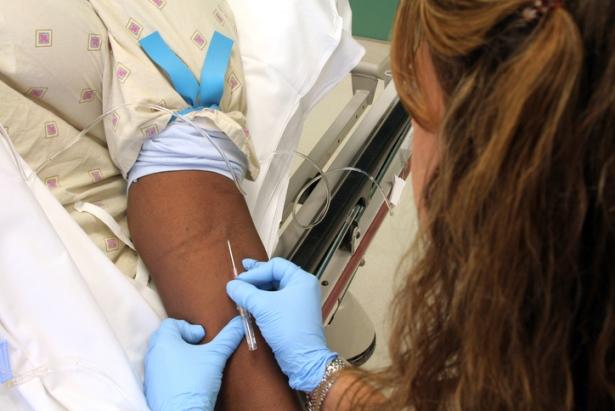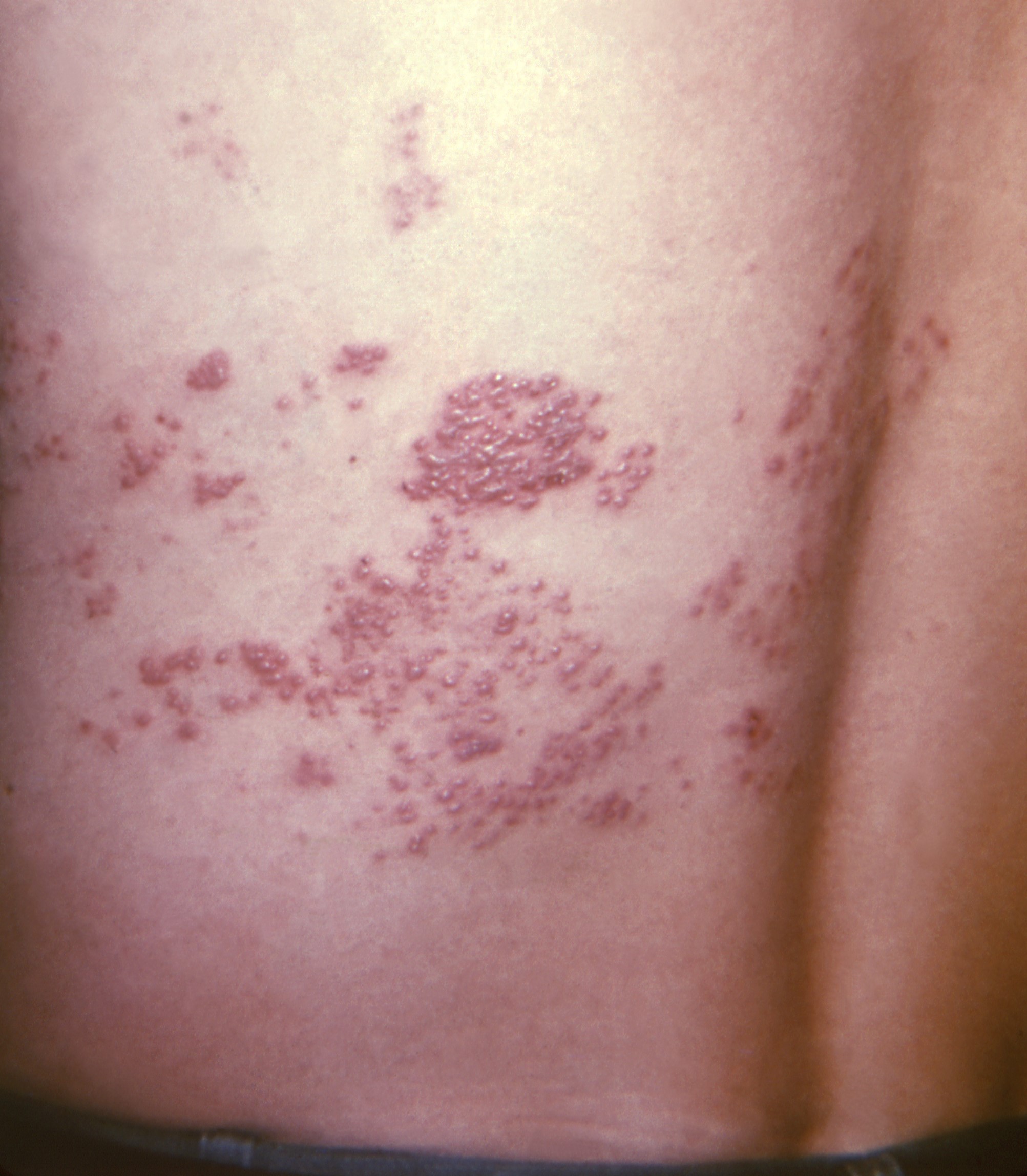
A study of hospitalized patients with peripheral intravenous catheters (PIVCs) found a significantly increased risk of bloodstream infections (BSIs) after 3 days of dwell time, Swiss researchers reported today in JAMA Internal Medicine.
The cohort study, conducted at Geneva University Hospitals in Switzerland, involved 371,061 patients with at least one PIVC inserted on the upper extremities from January 2016 through February 2000. Although BSIs linked to PIVCs are rare, recent research has shown that the use of PIVCs is widespread in hospitals, and the authors of the study note that BSIs with PIVCs are associated with increased mortality and substantial infection-related costs. For this study, they wanted to investigate whether dwell time (the length of time the PIVC is inserted in a patient) is linked to development of BSIs.
Significantly higher risk after 3 days' dwell time
A total of 140,178 patients (38%) had a PIVC dwell time of 1 to 2 days, 119, 252 (32%) had a dwell time of 3 to 4 days, and 111, 631 (30%) had a dwell time of more than 4 days. The instantaneous risk of BSIs with PIVCs was low in the first 2 days of dwell time and increased rapidly thereafter. Multivariable risk models showed the risk of BSIs was increased 13-fold after 3 days of catheter maintenance compared with 3 or fewer days (adjusted odds ratio [AOR], 13.55; 95% confidence interval [CI], 5.44 to 34.00).
While the highest risk was observed after 3 days, increased risk was also observed after 4 days (AOR, 8.53; 95% CI, 4.47 to 16.28), 5 days (AOR, 5.38; 95% CI, 3.23 to 8.96), and 6 days (AOR, 7.63; 95% CI, 4.57 to 12.74). Most BSIs (80%) were identified after 4 days.
The authors say the results have important clinical implications
"Based on these results, PIVC maintenance therapy should be challenged at day 3, and PIVC replacement should be at least considered; PIVC replacement should be performed at day 4," they wrote.













